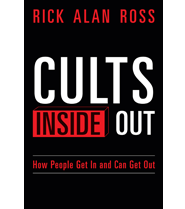Most Teens Believe Conspiracy Theories, See News as Biased. What Can Schools Do?
Published By admin
The world is flat. Aliens exist. The 2020 election was stolen. The NFL playoffs last season were rigged to help Taylor Swift’s boyfriend—and ultimately President Joe Biden’s reelection efforts. The COVID-19 vaccine is dangerous.
An overwhelming majority of teenagers not only encounter these sorts of conspiracy theories online, they believe at least one similarly unfounded story, according to a report released Oct. 21 by the News Literacy Project, a nonprofit organization that works on media literacy.
Eighty percent of teens see conspiracy theories on social media—and about half reported seeing them at least once a week. Of the teens who reported seeing conspiracy theories, 81 percent said they believed at least one, the report found.
The findings are just the latest evidence that teenagers—like adults—struggle to recognize accurate, unbiased information in a chaotic digital media landscape.
Conspiracy theories have long been appealing, said Peter Adams, the News Literacy Project’s senior vice-president of research and design. That’s because they give “people simple explanations for complex, incomprehensible events,” he said.
A generation ago, such untruths were spread slowly in living rooms or by “people handing out fliers on the street,” he said.
Content retrieved from: https://www.edweek.org/technology/most-teens-believe-conspiracy-theories-see-news-as-biased-what-can-schools-do/2024/10.






